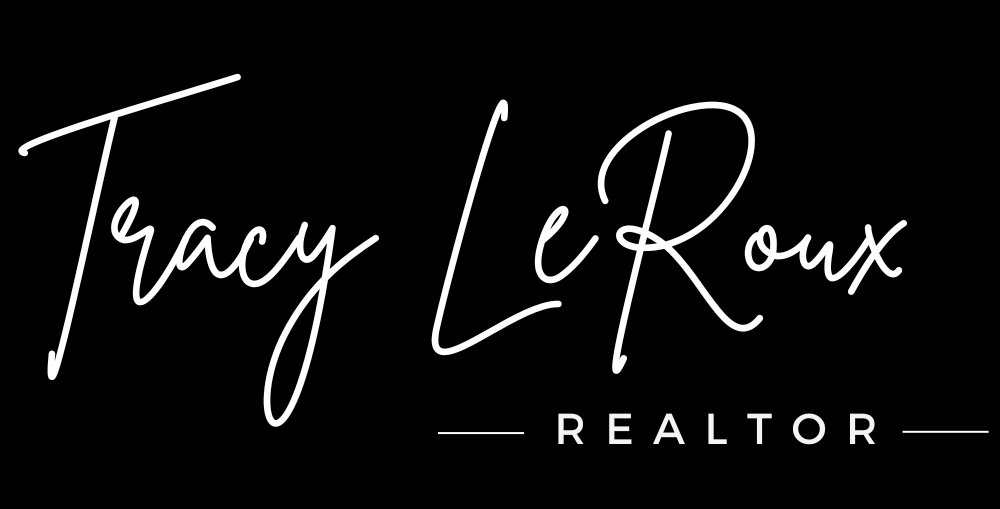Since the early days of the pandemic, an uber-competitive market has allowed sellers to pretty much name their price. But the market is shifting. While inventory remains in short supply, rising rates have curbed demand, and overpriced listings are stagnating.
So how can you encourage sellers to price homes competitively?
Set realistic expectations.
As the market shifts, buyers are becoming far less emotional, relying instead on data and logic to make purchase decisions. They’re taking their time, weighing their options and searching for a premium property at a fair price. Offers are now based on actual property values rather than the fear of missing out.
Paint the big picture.
Don’t assume clients are up on the latest market trends. Present that information to them in an easy-to-digest visual format. Create charts and graphs that outline both local and national trends over time. Focus on pertinent data for active, pending and sold listings.
Discuss Automated Valuation Models (AVMs).
Tech-savvy sellers often turn to the internet for pricing information, using AVMs such as Zillow’s Zestimate to determine property value. But AVMs are sometimes based on inaccurate or outdated data and can vary drastically in their estimations. Plus, AVMs don’t take the condition of the property into consideration.
Prepare a Comparative Market Analysis (CMA).
The best way to guide sellers toward a fair and competitive price is to provide a side-by-side comparison of similar properties. A CMA drills down to the most comparable area homes and provides pertinent data on pricing, condition and upgrades. This information helps put the seller’s property into the context of the local market, identify its competitive pros and cons and determine a realistic price range.
For more ways to help your clients compete in today’s market, reach out today.

